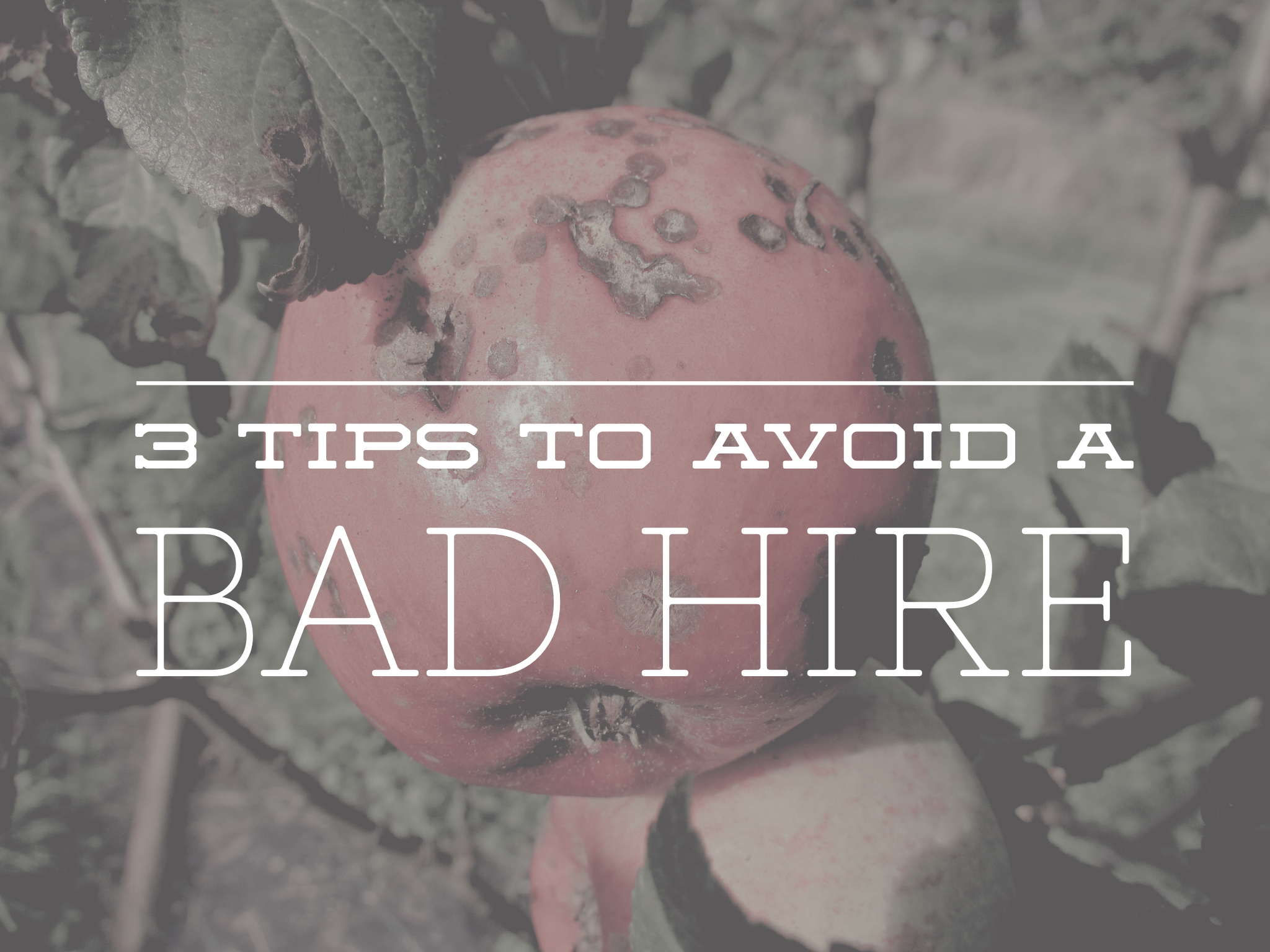They define a bad hire as “someone who negatively impacts organizational productivity, performance, retention, and culture” – which can be the result of either a skill or cultural mismatch.
When a new hire is not the right fit for the role – or the organization as a whole, they can disrupt your entire company. Bad hires will be less productive, causing their performance to suffer – and causing other employees to pick up the slack.
They will be more likely to leave your company, and may even cause others to leave. And, worst of all, they can permanently damage your company culture and perpetuate the bad hire cycle.
To reduce your risk of a bad hire, follow these 3 tips:
- Build a Strong Employer Brand. Organizations that invest in employer branding are three times more likely to make a quality hire (according to Brandon Hall Group). Top talent has a choice in where they work, and will be attracted to – and more likely to accept offers from – organizations with a great employer brand.
Show candidates what makes your company unique by showcasing your employer brand across your career channels, including your career site, social media accounts, job postings and job review sites. Share your employer brand and company culture with your direct hire agencies so they can promote them throughout their candidate interactions.
- Provide a Great Candidate Experience. Organizations that invest in a strong candidate experience improve their quality of hire by 70% (according to Brandon Hall Group). Again, top talent is in high demand and their perception of your company affects their decision to accept your offer.
It’s important to keep them engaged throughout the recruitment process – from their very first interaction with your career site, all the way through to hire (or rejection). The most common complaint is lack of communication (73% of candidates experience a lag in time waiting for recruiter response) – so that’s a good place to start. Follow up with your candidates in a timely manner, at each step of the recruitment process, to keep them engaged – even if it’s just to tell them that they’re not the right fit.
Providing every candidate with a great experience, whether you hire them or not, will improve other candidate’s perceptions of your company – and will make it easier to hire great talent.
- Screen Candidates Throughout the Recruitment Process. Talent should be screened for both skills and culture fit throughout recruitment process. Write specific job descriptions so candidates can self-select out if they’re not a good fit, and make sure sourcing professionals (including your agencies) are crystal clear on what to look for in an ideal candidate.
Create a standard interview process which includes a hiring manager phone screen, on-site interview with the hiring manager and on-site culture fit interview, and train interviewers on how to effectively screen candidates and provide a great candidate experience. Prior to making an offer, perform a candidate reference check, background check, and employment verification to back up the candidate’s claims.,
While these tips can’t guarantee that you’ll never make a bad hire again, they will help you identify bad hires more often.
As you continually improve your employer branding, candidate experience and candidate screening, you will see instances of bad hires decreasing – and more instances of highly qualified talent taking their place.
